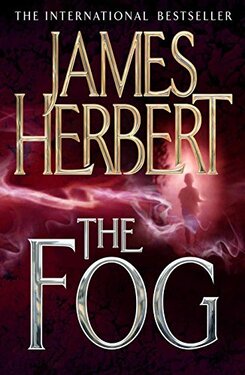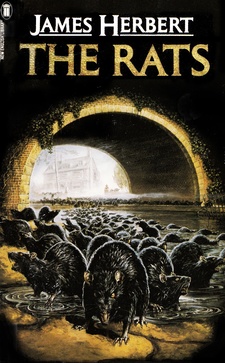If James Herbert’s debut The Rats was a flawed horror classic, then his follow-up, The Fog (1975), seemed to right some of those wrongs while serving up more of the same. It’s a disaster thriller punctuated by trademark chapters where more horrific stuff showcases the nature of the threat. In this case it’s an odd fog that escapes from an earth fissure and rises into the atmosphere and is pushed around by the wind.
Starting rural, and drifting over villages, the core threat is that the fog will eventually reach London, a high stakes situation as those who find themselves within it are likely to be driven mad, turning to suicide, murder, or sexual perversion. Within this destruction we get several scenes where a victim is given a backstory before their untimely death. Some may have seemed ridiculous at the time but feel almost prophetic now, such as a pilot who flies his plane into a tower.
If an art teacher brought into a government’s confidence was implausible in The Rats then at least when the call comes, John Holman, our everyman hero, is a government employee in the environmental sector, low-level enough to punch up with gripes at how power is managed: the complexity of its structures; protecting itself from prosecution; lying to the public. His elevation to higher circles comes via an immunity to the fog’s influence, meaning he can move safely within it without risk.
The novel is a similar retread to The Rats, if not in threat or overall storyline, but in formula. It lacks the bite of its predecessor; political anger is there but less strident. Though it’s a shame that Herbert devotes more time to his walk-on characters’ lives and their credibility than to the hero, a cardboard cutout in comparison. And the less said of his partner the better.
While Herbert’s meat-and-two-veg prose often lacks vim and polish, the book’s reputation is built on its grim set pieces. Most notorious being a scene where Bournemouth’s residents walk into the sea, the conclusion to a chapter delivered with an ironic sting. Overall the novel is asking questions why humans do bad things to each other: personal, political, and so on. Like the fog, it’s still a grey area.

